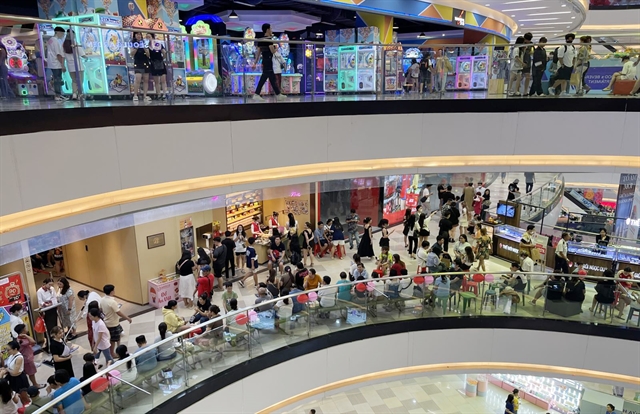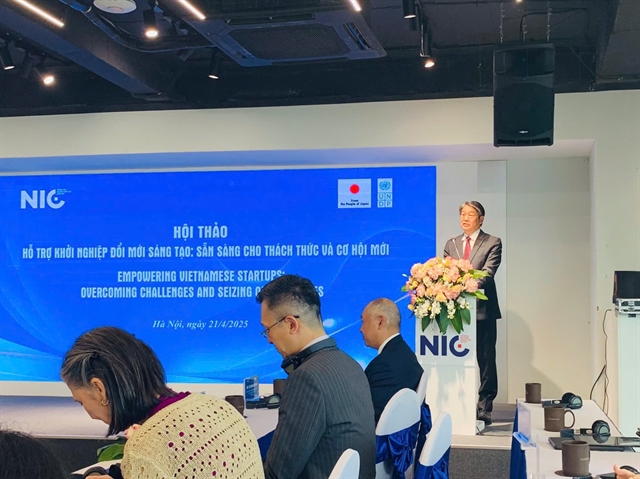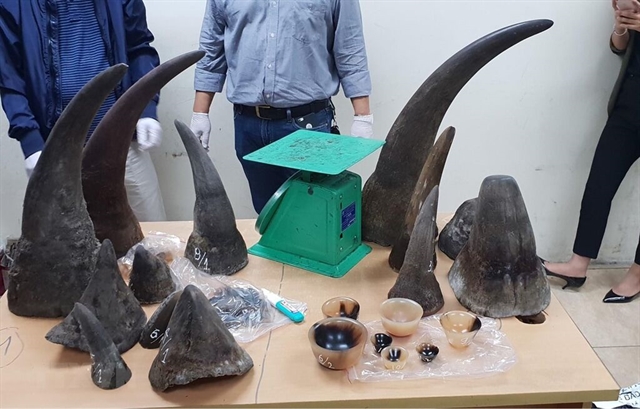

COVID-19 has tremendously changed how businesses and consumers interact with each other. For both, digital-first has become a norm and a necessity. As we emerge from the pandemic, it’s time to reflect on the most important changes we have witnessed, the key lessons learned, and understand how businesses can adapt to the “new normal”

|
| Winnie Wong |
By Winnie Wong, Country Manager, Vietnam, Cambodia & Laos, Mastercard
COVID-19 has tremendously changed how businesses and consumers interact with each other. For both, digital-first has become a norm and a necessity. As we emerge from the pandemic, it’s time to reflect on the most significant changes we have witnessed, the key lessons learned, and understand how businesses can adapt to the “new normal.”
Digital-first lifestyles
When the pandemic started, businesses and consumers were forced to increase the adoption and implementation of technology solutions, like e-commerce, digital wallets, and QR codes to carry on with everyday life with minimum disruption. In fact, in only eight weeks since the epidemic broke out globally, we have vaulted seven years forward in consumer digital channel adoption - a never-seen rate before.
Technology is crucial in keeping many aspects of our lives going, even during lockdowns or restricted movement.
And now, nearly six months into 2022, it is certain that this steady adoption of technology will continue to reinforce the importance of digital channels, tools and devices in maintaining the connection worldwide and accelerate the need for consumer solutions that are touch-free, seamless and digital-first.
The evolving expectations of today’s consumers in their contactless journey
The pandemic has driven significant changes in the way consumers shop, pay and demand. More and more consumers in the Asia Pacific are moving towards digital means for their transaction needs. Enthusiasm for a broader range of payment technologies has also surged, as 94 per cent of people say they will consider using at least one emerging payment method, such as QR codes, digital or mobile wallets, instalment plans, cryptocurrencies, biometrics and others in 2022, indicating all signs that digital payments will continue to grow.
Consumers haven’t just adopted new payment technologies but are making deliberate shifts based on considerations around necessity, convenience, personal safety, and especially security.
Not only are customers considerably more digitally aware today, but they are also more demanding in terms of their expectations for experiences. Our global research shows a growing interest in rich and engaging experiences, either offline or online.
After more than two years of social distancing and uncertainty, the pent-up desire to reach out and connect has empowered people to seek out experiences they have never tried before and those that expand their horizons. Whether that means getting in touch with a long-time passion in a new sense, or engaging with new places and cultures, grand scale or intimate, today, it is being able to explore new cultures, enhance knowledge and create meaningful connections that are top priorities.
In a sense, people have always valued experiences that connect them with their passions and each other, even before COVID-19. What has changed is perspective: momentary entertainment is simply not enough, but they seek uplifting and inspiring moments that leave a transformative impact lasting for a lifetime.

|
New challenges for businesses in today’s contactless world
Considering how rapidly consumers are evolving, businesses are now under extreme pressure to adapt and respond to such transformation. The shift towards “digital-first” is undoubtedly something businesses must acknowledge closely to reimagine customer journeys in the new normalcy.
As consumers expect seamlessness in their day-to-day activities, reducing the friction and hassle of cash payment should be one of the key focus areas for businesses to stay competitive in this new economic environment. Smart businesses today should view digital payment acceptance as a revenue growth driver. The more options for digital payment a merchant can offer, the more points of interaction it has with customers, driving not only operational productivity but also leveraging customer experience. Businesses that can deliver these frictionless experiences are well-positioned to thrive in the experience economy.
At Mastercard, we believe that the more connected the world becomes, the easier it should be to connect with what matters most. We are committed to creating “a world beyond cash”, in which no one is left behind. This vision continues to drive us forward in our effort to solve the “getting paid” challenge.
We are working with banking partners to enable consumers to scan a QR Code and pay using a Mastercard card conveniently. In the meantime, small merchants may benefit from providing “tap and go” contactless payments with a card or mobile device via our Soft POS solution. This helps merchants widen their acceptance net, allowing them to accept payments in and out of stores and providing a better consumer experience.
Supporting SME owners will continue to be a priority for Mastercard in the years ahead. Through our wide range of partnerships worldwide, we are trying to create an environment that empowers small businesses to flourish and increase their access to the digital economy. These include training curriculums that equip businesses with resources that guide them towards their digital transformation, help them tailor new payments strategy, engage with consumers and capture new revenue.
But it’s not just about digitising. The utmost important lesson of the new age is to always stay close and connected with your consumers, understanding their needs and demands. Tuning into what they need will help you identify their goals and pain points. Once you have provided a pleasant experience, you’re likely to earn more than a sale; you’ve found yourself a loyal customer.
While our technological solutions enable fast, simple, accessible and secured payments, Mastercard continues to leverage our global expertise in consumer understanding to help unlock new opportunities and priceless experiences so that consumers can connect with their passion points that businesses can provide.
We believe that these behavioural changes are just starting, and we can stay hopeful for a positive prospect for the digital economy in Asia and a more comprehensive transition toward digital means of payment for consumers. For businesses to thrive in such post-pandemic circumstances, an experience-centric, digital-first strategy that responds in real-time to consumers’ needs, prioritising privacy, clarity and equality will be the next frontier in providing better customer experiences for today’s consumers.









